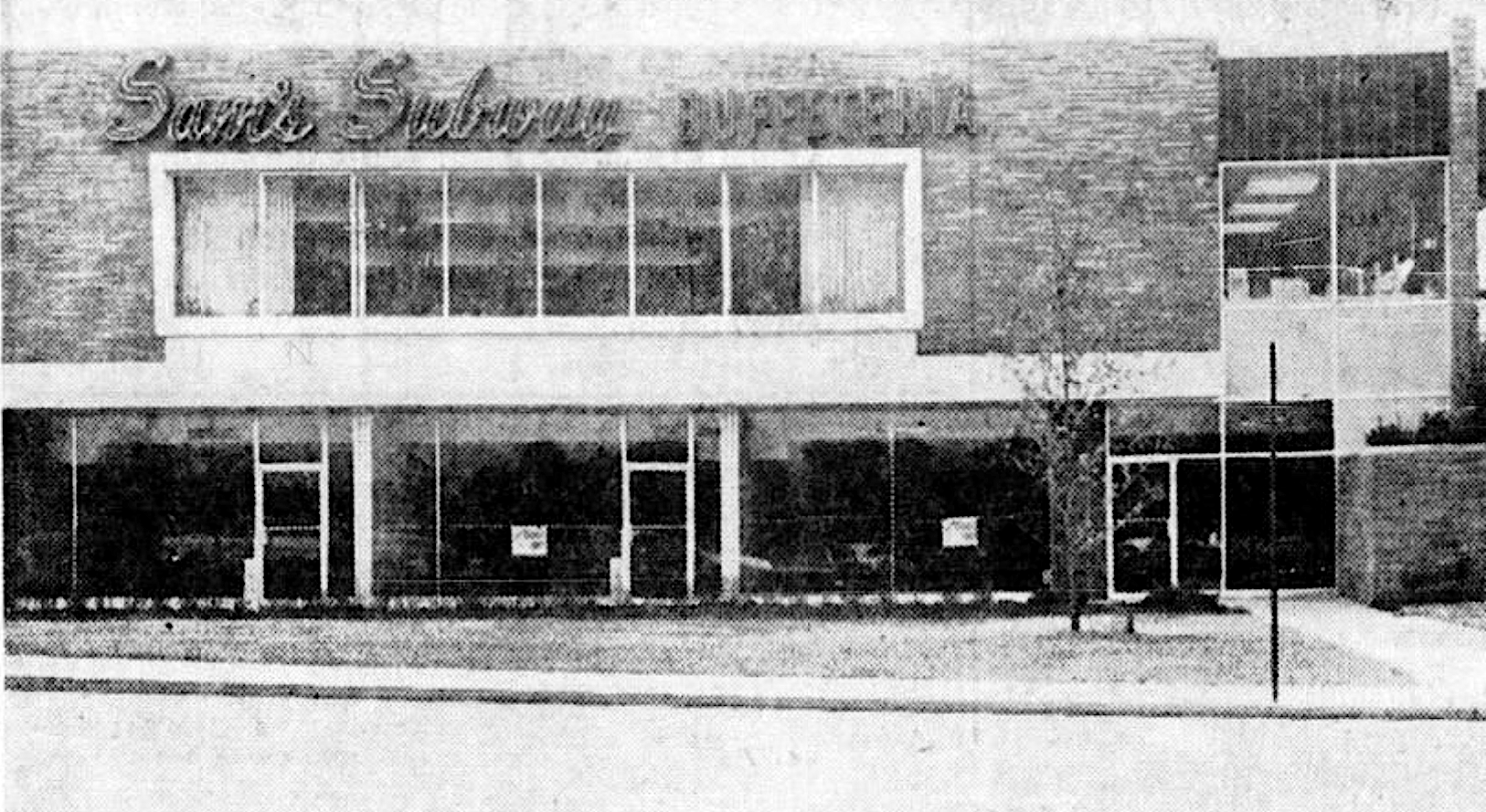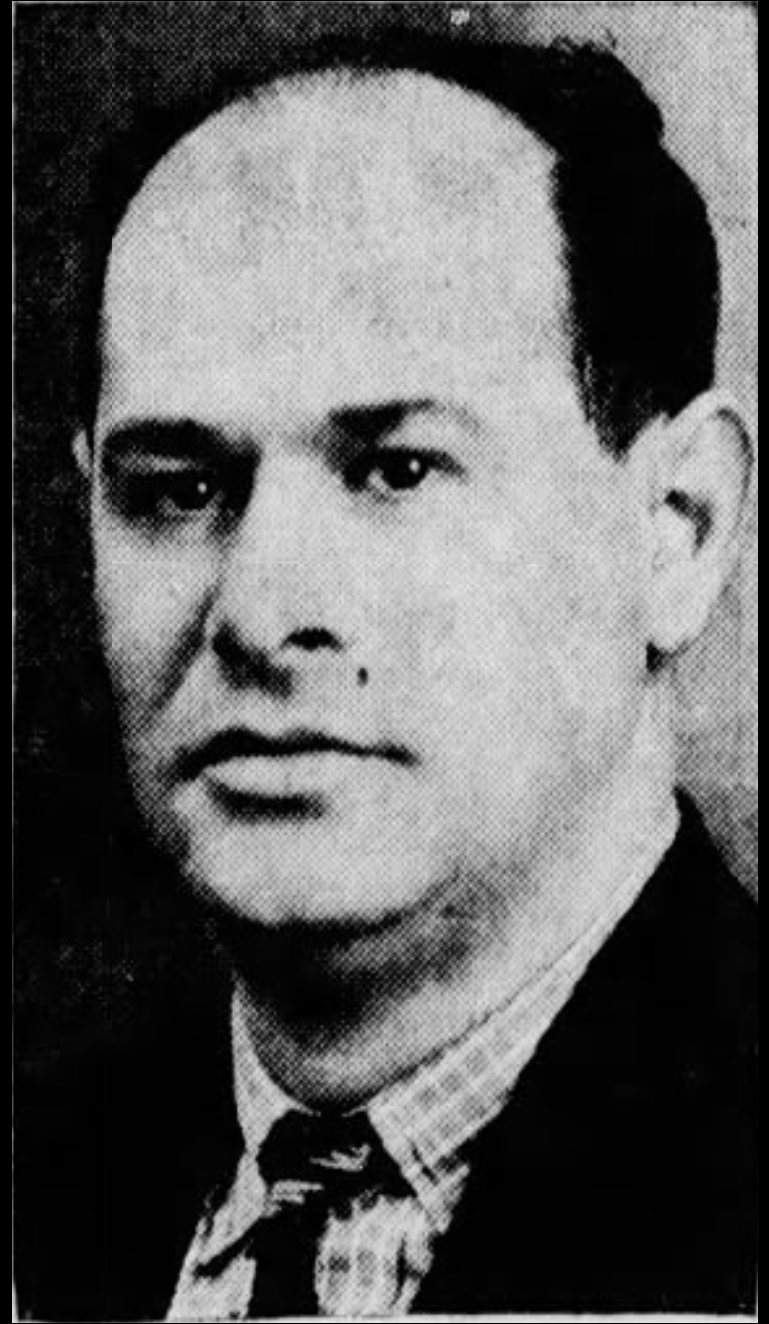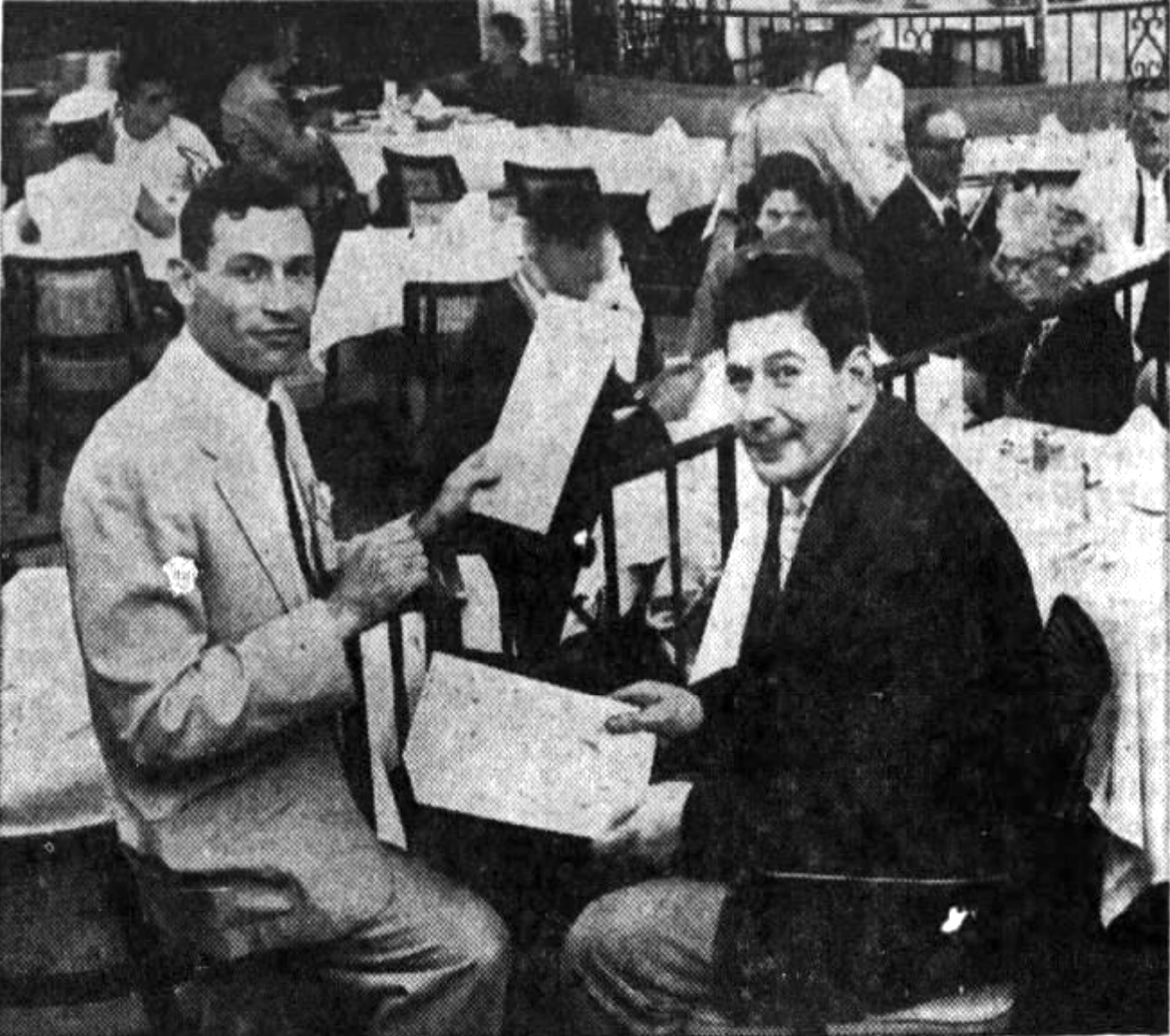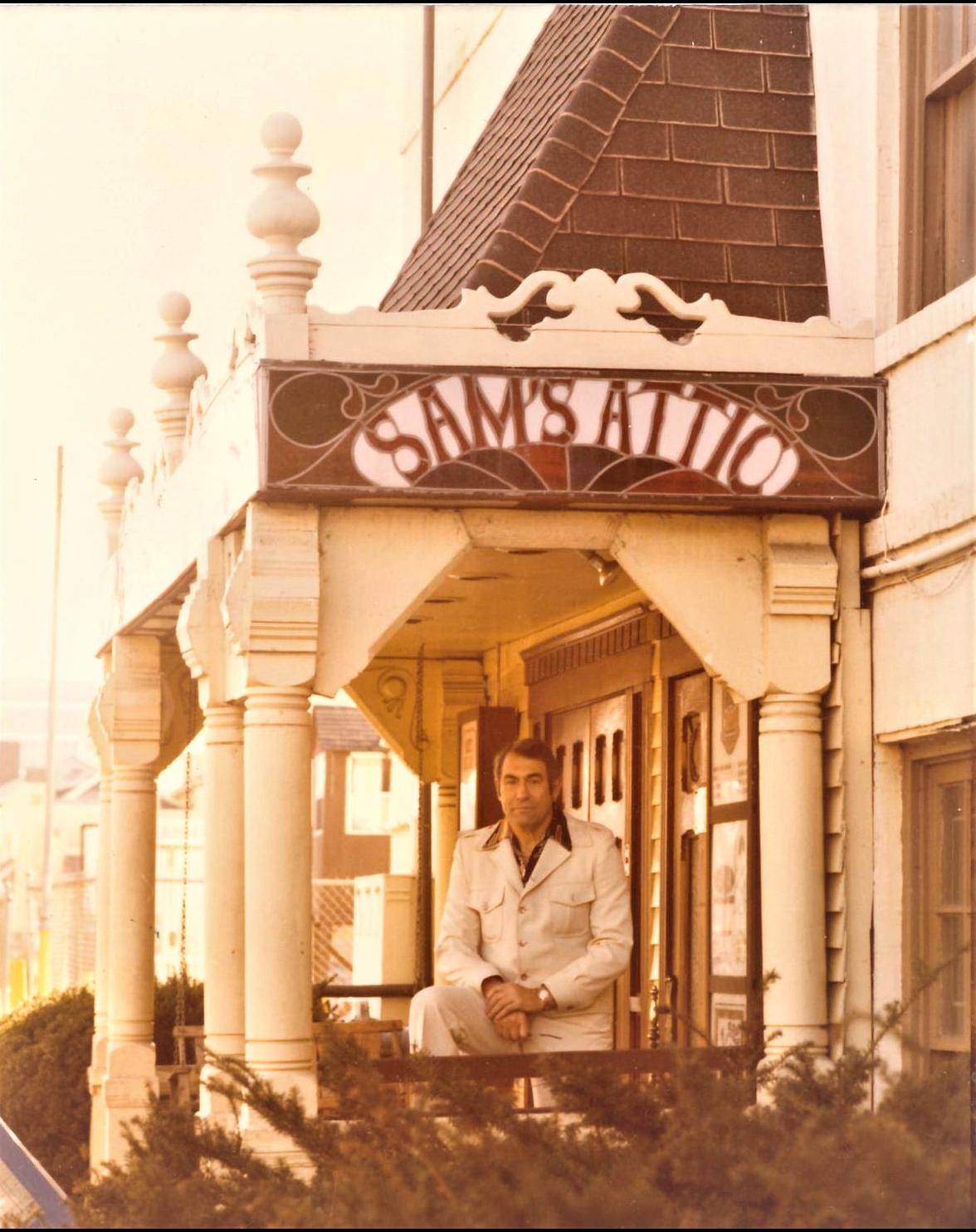Sam Hochman established Sam’s Subway in the basement of the Lafayette Court apartments at 28th and Meridian streets in June 1928. Born in Minsk, Belarus, in about 1890, Hochman emigrated first to New York City and then moved to Chicago with his brother Morris. In Chicago, the two brothers made a living by selling sandwiches to train passengers.

Hochman moved to Indianapolis in 1907. He began his decades-long career in the Indianapolis food service industry as a soda helper at Huder’s drugstore on Pennsylvania and Washington streets. He married his wife Bertha in 1913. The couple had four children.
Hochman became head of Huder’s soda fountain and then manager of the candy, soda department, lunchroom, and delicatessen at department store before starting his own business, the Stratford Luncheonette, in the mid-1920s. The luncheonette, located at 1825 N. College Avenue, quickly outgrew the space, and Hochman moved to the basement restaurant on Meridian Street. Initially, the Hochmans intended to call the restaurant “Bertha’s Basement.” Their eldest daughter Rosalind, however, came up with the name, “Sam’s Subway,” referring to the subway straps and signs Hochman installed in his subterranean restaurant.

Hochman later admitted that he managed to stay in business during the early years because two bootleggers operated in the same building as the delicatessen. He told an reporter that the ginger ale he made “was a popular mix for the bathtub gin crowd.” During the last years of Prohibition, he sold, on average, 200 cases of it every month.
Hochman built a large business on his kosher meats, homemade salads, and pies—cheesecake and corned beef were bestsellers. His family helped run and grow the restaurant. His wife taught the cooks of the delicatessen how to make matzo ball soup and other specialties. His sons Harry and Saul delivered sandwiches on bicycles to nearby offices, and his daughters Rosalind and Zelma prepared salads and waited on tables.
Within five years, Hochman added a dining room, and by 1938, he needed to double the size of his kitchen and find additional seating space to accommodate large banquets and meetings. Sam’s Subway also offered catering. The business eventually occupied the entire building.
Following World War II, Hochman “tried retiring” but after about two years “couldn’t stand it any longer.” His two sons joined the business and, along with Hochman, began adding new locations. Following the population’s movement out of the central part of the city, Hochman launched a delicatessen and bakery at 56th and Illinois streets. Sam’s Subway Buffeteria then opened in the Eastgate Shopping Center in August 1957 (See ). The Eastgate location included a buffet line, seating for 250 people, and a delicatessen for takeout. The new “blocklong” Sam’s Subway in the Meadows Shopping Center, which opened in May 1958, was even more ambitious and cost more than $150,000. This restaurant space included such options as the “Kas Bar” for “leisurely” cocktails, a white-tablecloth dining room, a salad bar, a bakery, and a delicatessen. The Sam’s Subway-owned Crown Room opened as a nightclub at the Meadows, attracting such nationally known performers as jazz great Louie Armstrong, singer Tony Bennett, and comedians Bob Newhart, Phyllis Diller, and Morey Amsterdam.

Between 1950 and 1959, Sam’s Subway quadrupled its sales volume. As expansion continued, the firm incorporated in May 1959 as the Sam’s Subway Restaurant and Catering Corporation. More new locations opened, including Sam’s Patio in the Glendale Shopping Center, at 62nd Street and Keystone Avenue; the Rib Pit, at 22nd and Meridian; and Miller’s Restaurant, at 160 West Market Street.
With the opening of Stouffer’s Restaurant and Inn at 2820 North Meridian Street in the mid-1960s, the original location increased in popularity and was expanded and renovated to include such themed dining rooms as the “Attic,” the “Bedroom,” and the “Play-it-Again-Sam’s” speakeasy. The Hochmans brought locally renowned chef Dieter Puska to Indianapolis in 1967. He worked for Sam’s Subway before establishing the well-known, high-end Glass Chimney restaurant in in 1976. During the mid-to-late 1960s, national celebrities, such as actor and dancer Joel Grey and actor Tony Randall, frequented the restaurant when they came to the city.

Founder Sam Hochman died on August 7, 1970, and Steve Hochman, a grandson, soon took over as president of the operation. In 1973, Caves ‘n’ Cavern, another themed restaurant on East 86th Street in , became the corporation’s last new location to open.
The popularity of the original Sam’s Subway waned in the late-1970s—the victim of suburbanization. Sales declined significantly after 1975. In April 1978, Sam’s Subway filed for bankruptcy, and the restaurant at 28th and Meridian closed. The corporation targeted Caves ‘n’ Caverns, the Glendale Sam’s Patio, the 5615 N. Illinois Street delicatessen and bakery, and the catering service for reorganization, but they did not survive.

Help improve this entry
Contribute information, offer corrections, suggest images.
You can also recommend new entries related to this topic.